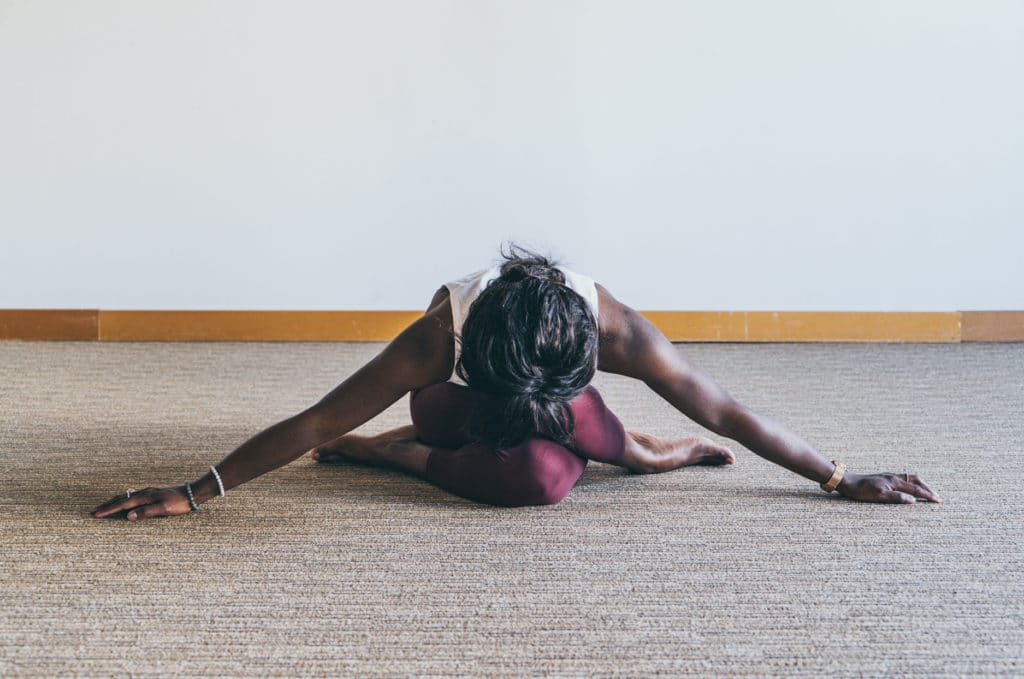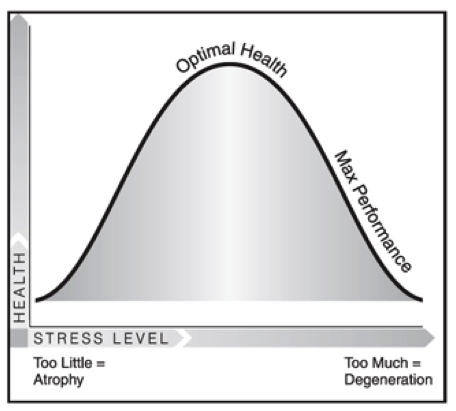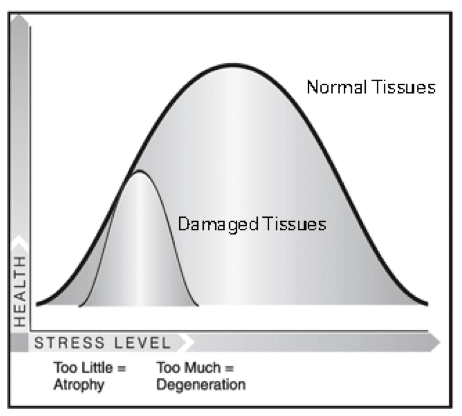Last updated: March 20, 2020

The nature of this concern is something like
Yin Yoga is simply restorative yoga. It is so passive, supported and quiet. That may be fine, but—why bother? Why not just do restorative yoga if you want a peaceful practice?
The following response is extracted from a longer article, Yin Yoga or Restorative Yoga? Let’s begin by defining our terms for clarity: Restorative yoga is a form of practice directed toward students who are injured, stressed or ill, who need a very gentle practice and who are looking to regain the quality of life that they used to have, but have lost. It involves the use of props (sometimes lots of props) to allow the body to feel totally supported, to allow the body to relax and release; long holds of these gentle postures, postures often selected to address specific challenges; and deep mental and visceral relaxation. This does sound very yin-like compared to the yang-like Hatha yoga practices that include dynamic movements, muscular engagement, active breath-work or energizing music. And it is yin in this respect, but is it Yin Yoga?
Yin Yoga, as a style of yoga popularized by Paul Grilley and Sarah Powers, is not intended to be restorative yoga: it encompasses long-held, static stresses of the deep connective tissues, allowing them to be remodeled. It may include props and it does include long holds and mindfully reducing stress, but it is not intended to heal broken bodies in the way that restorative yoga does. Now, all Hatha yogas can help heal broken bodies, but we can think of the main intention of Yin Yoga to be maintaining the current state of health or improving it to optimal levels. In short—and it is always dangerous to make short dogmatic definitions, but here goes—restorative yoga takes an unhealthy body and brings it (hopefully) back to normal, while Yin Yoga takes a healthy body and brings it up to optimum. So you see—it is a question of degree.
 When the intention of a yoga practice is to achieve optimal health, a question has to be asked as to how deep to stress the body. The answer is found in the Goldilocks’ curve, as shown in this graphic: if too little stress is applied, the tissues atrophy. If too much stress is applied, the tissues degenerate. For some students the intention is not optimal health but rather optimal performance: they will want to push the poses to the maximum of their physical and emotional limits. This may be appropriate for dancers, gymnasts and athletes whose jobs require maximum performance, but they should be aware that their choice comes at a cost: maximum performance is obtained at the expense of optimal health. Talk to any retired dancer, gymnast or athlete, and you may find some of the most broken bodies around.
When the intention of a yoga practice is to achieve optimal health, a question has to be asked as to how deep to stress the body. The answer is found in the Goldilocks’ curve, as shown in this graphic: if too little stress is applied, the tissues atrophy. If too much stress is applied, the tissues degenerate. For some students the intention is not optimal health but rather optimal performance: they will want to push the poses to the maximum of their physical and emotional limits. This may be appropriate for dancers, gymnasts and athletes whose jobs require maximum performance, but they should be aware that their choice comes at a cost: maximum performance is obtained at the expense of optimal health. Talk to any retired dancer, gymnast or athlete, and you may find some of the most broken bodies around.
All tissues need stress! This fact is one that confuses the discussion of using yoga as therapy. A student who suffers osteoporosis in her lumbar spine may have been told to not stress her lower back at all, to make sure she doesn’t break her spine. This advice is offered with the best of intentions, but it may not be the best advice, because, if there is absolutely no stress on the spine, the tissues will continue to atrophy. But clearly, too much stress will degenerate the bones, leading to worse problems. So what to do? In these cases it is best to think of the Goldilocks’ curve as becoming narrower and shifted to the left.
Notice this second graphic: the area of safe stress for damaged tissues is very tiny and there is a smaller margin of error between too little and too much. The point is that all tissues need stress, but with injury or illness the proper amount of that stress falls into a very narrow band. It is easy to go too far and hurt the student, but it is equally too easy to say, “don’t do anything,” which also hurts the student. The student coming to a Yin Yoga class may be totally justified in wanting to take this class. A restorative class may not work for them: it may be too gentle, they may only have one area that needs care but the rest of their body wants a regular workout, or they do want to work into the damaged connective tissues and can only get that in a Yin Yoga class.
So we are back to our basic question: is Yin Yoga the same as restorative yoga? The answer is “No!” Restorative yoga is a very gentle practice that does not try to stress the tissues deeply and does not take the student outside her normal comfort zone. Yin Yoga is simple, but simple does not mean easy: it will challenge the student and will stress the tissues. But the answer is also “Yes!” Yin Yoga, when applied carefully and conscientiously, can apply an appropriate Goldilocks level of stress to damaged tissues and help them recover; thus it can be considered restorative yoga. But so can many other forms of yoga.
Return to Topics
